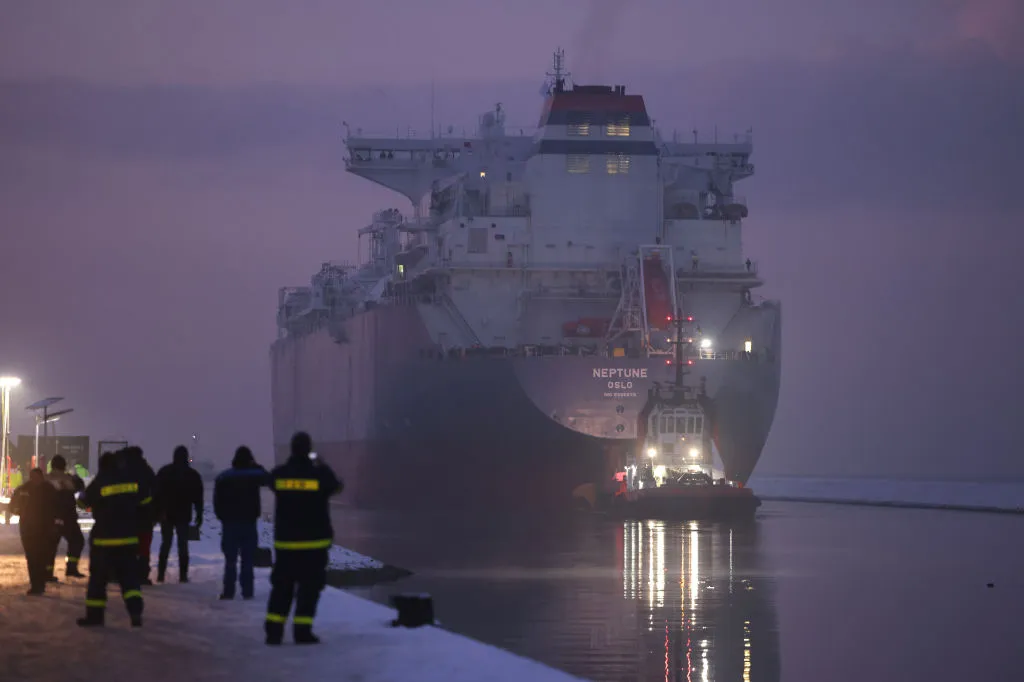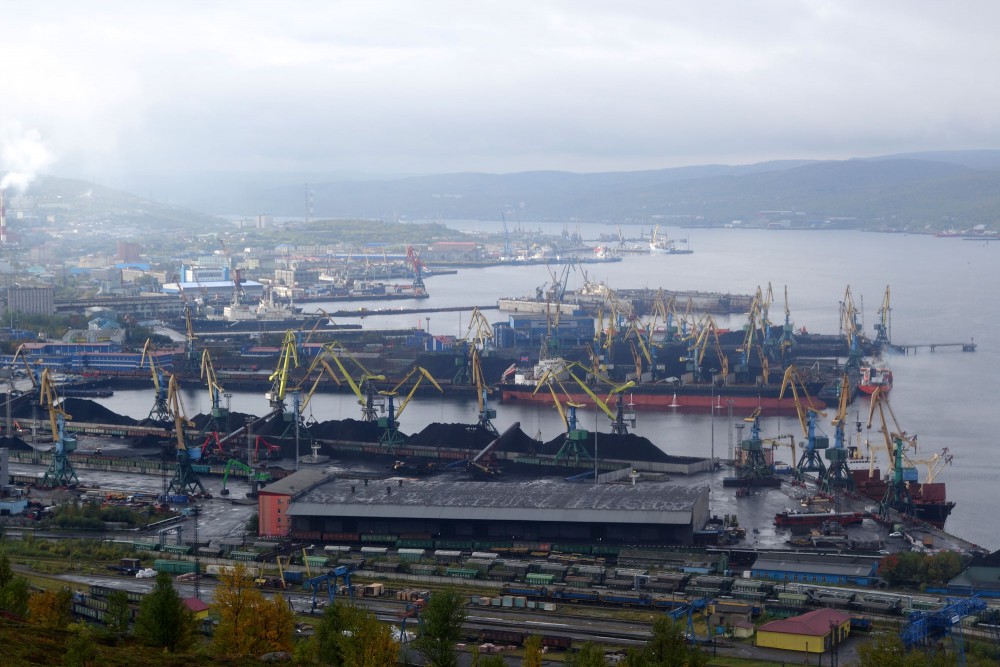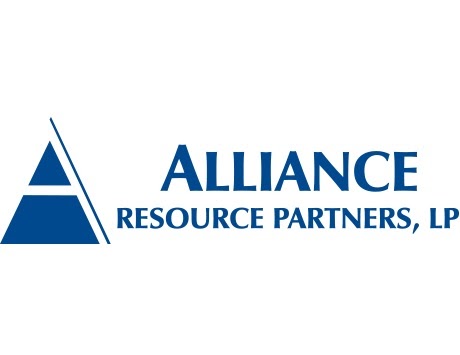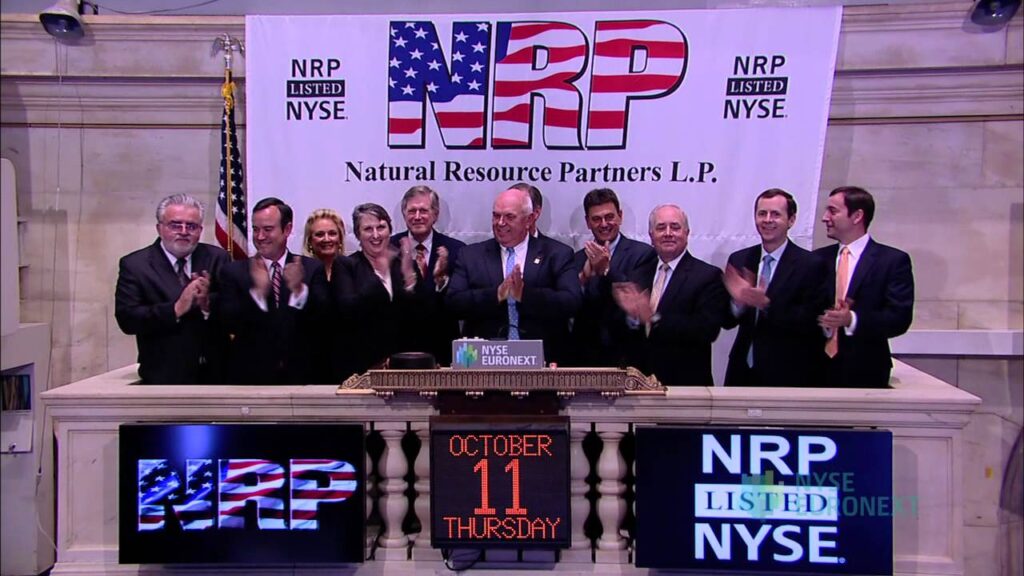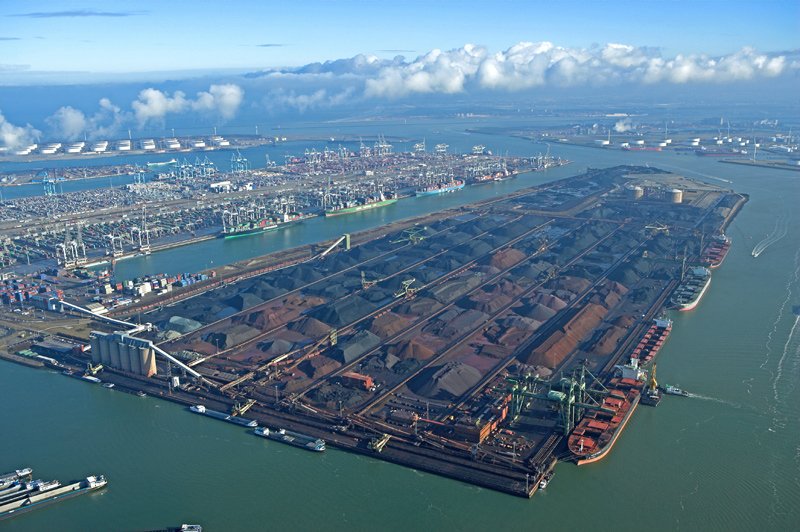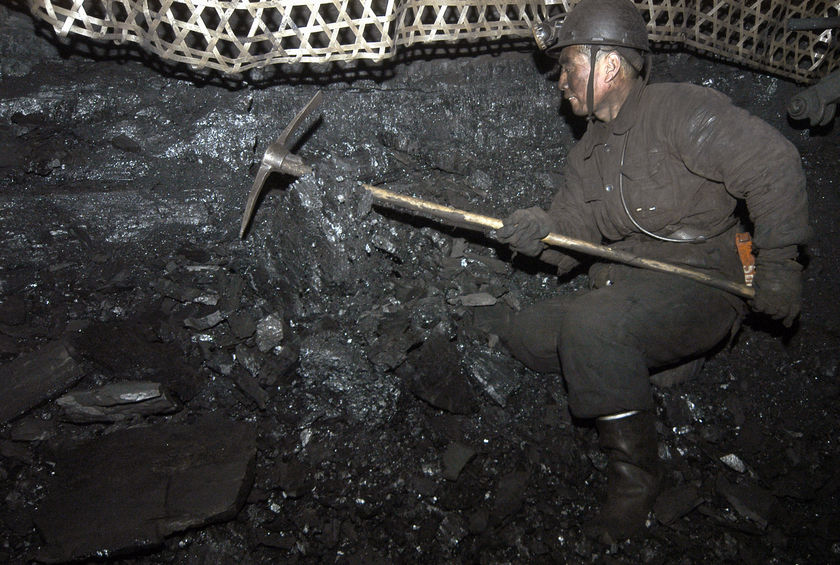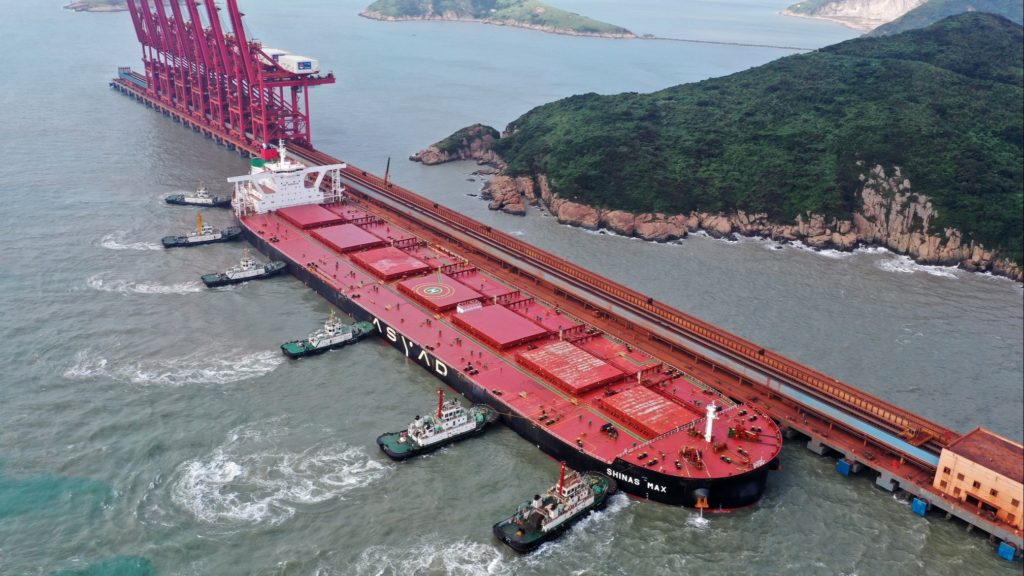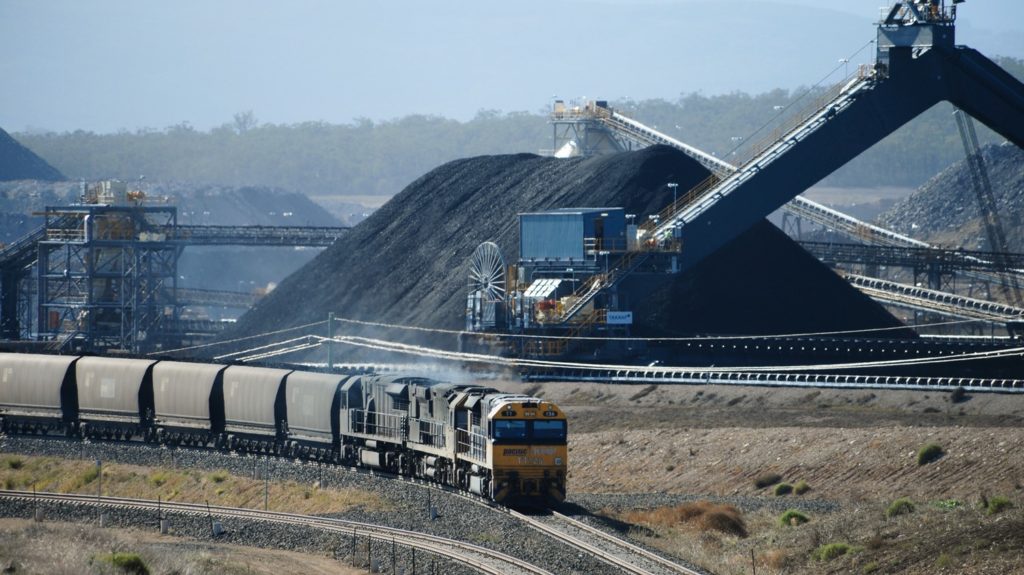Asian benchmark LNG prices jumped this week, underpinned by growing risks to supply – especially from the Middle East – which spurred more demand in the region, while Pacific bellwether coal prices edged up.
Asia’s JKM LNG contract for June, now the front month, rose USD 1.07 over the week to settle on Wednesday at USD 10.75/MMbtu (EUR 32.30/MWh), despite sinking day on day USD 0.51, to a similar level when it rolled over earlier this week.
Prices were “pretty much” tracking geopolitics, said Singapore Icis LNG analyst Joachim Moxon.
Recent Russian attacks on Ukrainian gas storage facilities has caused “some jitters”, said Moxon. He noted also there had been “opportunistic” buying from Chinese firms, as well as a drought in the southwest China impacting hydro availability, driving LNG demand.
Spot LNG demand also remained strong amid restocking activity and an ongoing heatwave making its way across southeast Asia. But buyers were also picking up available cargoes over concerns LNG flows though the vital Strait of Hormuz, which is a conduit for 20% of global LNG trade, could be disrupted if tit-for-tat attacks between Israel and Iran escalate, participants said.
However, global prices fell on Wednesday as supply concerns eased, in Europe with increased Norwegian pipeline flows, and globally as the geopolitical premium softened.
“Global gas markets followed oil lower amid easing concerns of supply disruptions. North Asian LNG spot prices fell nearly 5% as the likelihood of the Strait of Hormuz being closed by Iran fell,” said analysts at Australia’s ANZ bank.
Prices could rise tenfold to USD 100/MMbtu should the chokepoint be closed, Montel reported on Wednesday.
Israel has said it will retaliate against Iran’s latest attack, but it is under intense diplomatic pressure to avoid an escalation in the conflict with its foe.
“This offsets signs of stronger demand in China,” ANZ said, adding LNG buyers were booking more import terminal capacity “as they look towards stronger economic growth.”
Meanwhile, Norwegian flows were back to robust levels of 334mcm/day.
Demand rises
JKM front month prices were at a premium of around USD 1 to European benchmark TTF equivalents.
However, on the spot market, the arbitrage was almost closed. It is only slightly more profitable to load a US vessel in May to ship to Asia rather than to Europe, when distance, insurance, and other extra costs are priced in, according to Spark Commodities data.
Asian demand for LNG was likely to rise 2.6% this week to more than 5.4m tonnes (7.4bcm), with arrivals in the month to date nearly 6% higher at 14m tonnes, compared with the same period a month ago, according to preliminary Kpler ship tracking data.
LNG imports have historically dropped in April. March imports were also the highest for that month, the data showed.
Coal inches up
In coal trading, broker Global Coal’s Newcastle (Australia) index, a Pacific-basin reference price for high-grade coal, was last assessed last at USD 126.95/t, up by a marginal USD 0.36 on the week.
“There is not much to make it increase, a bit like gas last week,” said a coal trader based in Singapore. “The market looks pretty bad right now.”
By Andrés Cala

